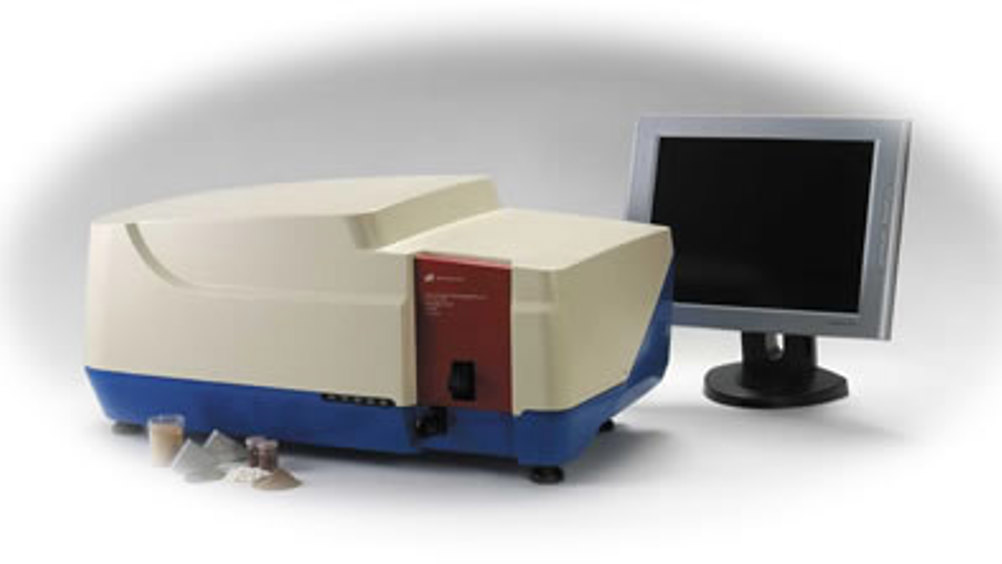Analysing the elements
Researchers from Australia’s Co-operative Research Centre for Clean Power from Lignite (CRC CPL) have designed and commercialised a new analysis instrument.

Researchers from
’s
(CRC CPL) have designed and commercialised a new instrument. Called the “Spectrolaser” , it can be used to analyse the atomic elements in virtually any material, quickly and cheaply.
“The Spectrolaser can determine the elemental makeup all kinds of materials. It produces a bright spark – or plasma – at the surface of the target substance and the composition of the light emitted is analysed by a unique spectrometer and detection system,” explained CRC CPL chief executive Dr. Peter Jackson.
“Every element gives off a characteristic spectral emission, enabling you to tell quickly and easily what elements comprise the material you are analysing.”
The Spectrolaser is a high tech offspring of the coal industry. The idea grew out of the CRC’s research into coal gasification and the instrument was initially designed to perform rapid analyses of coal quality, to help power stations operate more efficiently.
Coal varies in moisture, organic components, and trace elements. Some coals burn better than others, some cause greater corrosion of furnaces, others deposit more ash and char. If operators understand the composition of the coal before it is fed into a furnace, then combustion conditions can be tweaked to improve burning efficiency and reduce fouling.
Register now to continue reading
Thanks for visiting The Engineer. You’ve now reached your monthly limit of news stories. Register for free to unlock unlimited access to all of our news coverage, as well as premium content including opinion, in-depth features and special reports.
Benefits of registering
-
In-depth insights and coverage of key emerging trends
-
Unrestricted access to special reports throughout the year
-
Daily technology news delivered straight to your inbox










Water Sector Talent Exodus Could Cripple The Sector
Well let´s do a little experiment. My last (10.4.25) half-yearly water/waste water bill from Severn Trent was £98.29. How much does not-for-profit Dŵr...